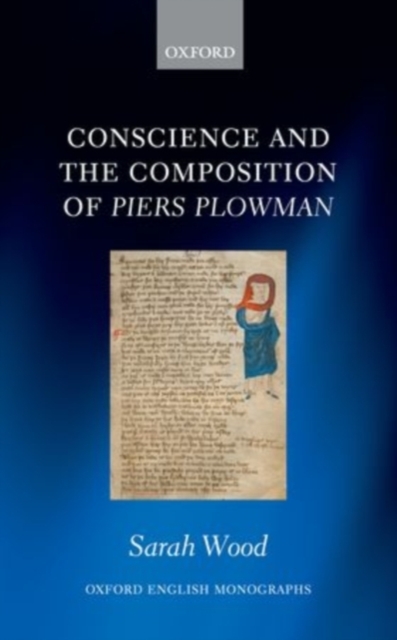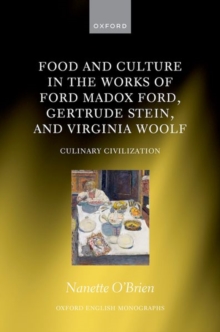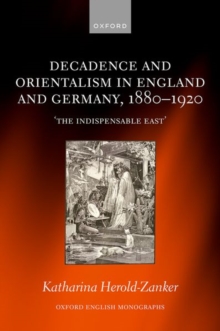
Conscience and the Composition of Piers Plowman PDF
by Sarah Wood
Part of the Oxford English Monographs series
Description
Conscience and the Composition of Piers Plowman provides a detailed account of one of the central personified figures in William Langland's Piers Plowman.
Previous critical accounts of Conscience either focus on discussions of the faculty conscience in scholastic discourse, or eschew personification allegory as a useful category in order to argue for the figure's development or education as a character during the poem.
But Conscience only appears todevelop as he is re-presented, in the course of Piers Plowman, within a series of different literary modes. And he changes not only during the composition of the various episodes in different modes that make up the single version, but also during the composition of the poem as a series of three different versions. The versions of Piers Plowman form, this book argues, a single continuous narrative or argument, in which revisions to Conscience's role in one version are predicated upon his cumulative 'experiences' in the earlier versions.
Drawing on a variety of materials in both Middle English and Latin, Sarah Wood illustrates the wide range of contemporary discourses Langland employed as he composed Conscience in the three versions of the poem.
By showing how Langland transformed Conscience as hecomposed the A, B and C texts, Conscience and the Composition of Piers Plowman offers a new approach to reading the serial versions of the poem.
While the versions of Piers Plowman have customarily been presented and read in parallel-text formats, Wood shows that Langland's revisions are newly comprehensibleif the three versions are read in sequence.
Information
-
Download - Immediately Available
- Format:PDF
- Publisher:OUP Oxford
- Publication Date:03/05/2012
- Category:
- ISBN:9780191636486
Information
-
Download - Immediately Available
- Format:PDF
- Publisher:OUP Oxford
- Publication Date:03/05/2012
- Category:
- ISBN:9780191636486










